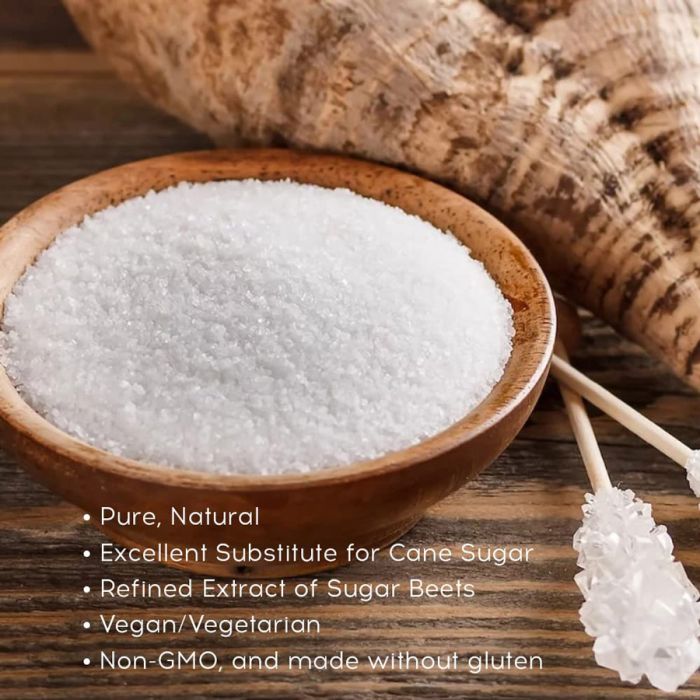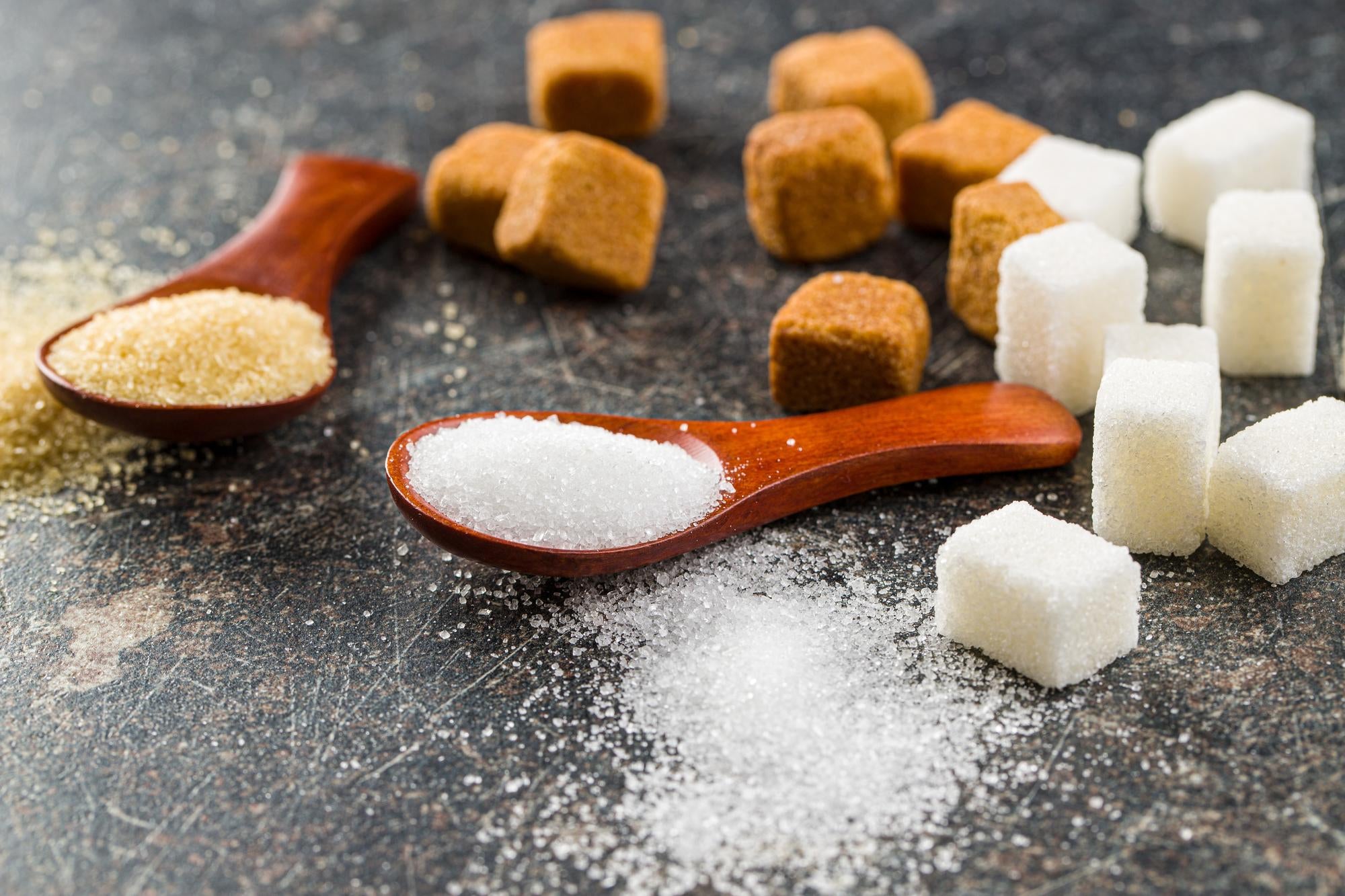Discover the Uses and Perks of Beet Sugar Vs Cane Sugar in Your Daily Diet
Exploring the distinctive qualities of beet and cane sugar reveals greater than just their sweetening capabilities; it highlights their distinct influence on wellness and cookeries. Beet sugar, understood for its subtle flavor, is commonly favored in fragile desserts, whereas cane sugar, with its hint of molasses, adds richness to robust recipes. Each type holds its very own nutritional profile and glycemic effects, inviting a deeper understanding of their roles in a balanced diet plan and sustainable consumption practices.
Beginning and Production Processes of Beet and Cane Sugar

The distinct environments and dirt types required for growing sugar beets and sugarcane add to distinctions in their growing methods and geographic circulation, influencing the business economics and sustainability of their manufacturing. beet sugar vs cane sugar.
Nutritional Contrast Between Beet Sugar and Cane Sugar
Regardless of stemming from various plants, beet sugar and cane sugar are nutritionally very similar, both mainly containing sucrose. Each supplies concerning 4 calories per gram, converting to roughly 16 calories per teaspoon. Structurally, both sugars are composed of roughly 99.95% sucrose, with very little amounts of other compounds like wetness and trace minerals, which do not dramatically modify their dietary accounts.

Inevitably, when selecting in between beet sugar and cane sugar based upon dietary content alone, both deal identical benefits and downsides as they are basically types of the very same molecule-- sucrose, providing quick power without various other nutrients.
Influence On Health And Wellness: Glycemic Index and Caloric Content
Exploring better right into the impacts of beet sugar and cane sugar on health and wellness, it is essential to consider their glycemic index and caloric content. Both sugars are identified as sucrose, which is composed of glucose and fructose. This composition leads them to have a comparable influence on blood glucose levels. The glycemic index (GI) of both beet and cane sugar is around 65, classifying them as high-GI foods, which can trigger quick spikes in blood sugar levels. This is a vital aspect for people handling diabetes or those attempting to support their energy degrees throughout the day.
Each kind of sugar includes around 4 wikipedia reference calories per gram, making their calorie material equivalent. For those monitoring calorie intake, specifically when handling weight or metabolic health problems, comprehending this equivalence is important (beet sugar vs view publisher site cane sugar). Too much intake of any kind of high-calorie, high-GI food can contribute to wellness problems such as obesity, heart disease, and insulin resistance.
Environmental and Economic Factors To Consider of Sugar Production
Beyond health influences, the production of beet and cane sugar additionally raises substantial ecological and economic worries. Sugar beet farming has a tendency to call for cooler climates and has a reduced geographical footprint compared to sugar cane, which prospers in Discover More tropical regions. Nonetheless, both crops are extensive in terms of water usage and land profession, possibly resulting in logging and water scarcity. Financially, the global sugar market is very volatile, influenced by adjustments in global trade policies and aids. Several countries incentivize sugar manufacturing via financial backing, skewing market prices and influencing small-scale farmers negatively.
Additionally, making use of chemicals and fertilizers in both beet and cane sugar farming can lead to soil deterioration and contamination, additional influencing biodiversity and local water bodies (beet sugar vs cane sugar). The selection in between cultivating sugar beet or cane frequently hinges on local environmental problems and financial aspects, making the sustainability of sugar production a complex issue
Culinary Applications and Taste Differences
While the environmental and financial elements of sugar production are undoubtedly significant, the selection between beet and cane sugar additionally influences cooking applications and flavor accounts. Beet sugar, derived from the sugar beet plant, is recognized for its incredibly neutral taste.
Walking stick sugar, extracted from sugarcane, often maintains molasses traces, which impart a distinct richness and deepness. This small molasses taste improves the intricacy of baked products, sauces, and marinades. It is specifically favored in products where a caramel touch is desired, such as in brownies or gingerbread. Furthermore, the minor variation in wetness content in between beet and cane sugar can affect the appearance and consistency of recipes, making cane sugar a preferred selection for specific recipes that take advantage of its one-of-a-kind homes.

Conclusion
In final thought, both beet and cane sugar have distinctive beginnings and production procedures, supplying similar dietary profiles with mild distinctions in sodium content and flavor. While their effect on health, specifically regarding glycemic index and calories, is comparable, the selection in between them usually comes down to environmental, economic aspects, and specific culinary demands. Understanding these facets can guide consumers in making educated decisions that straighten with their health objectives and taste preferences.